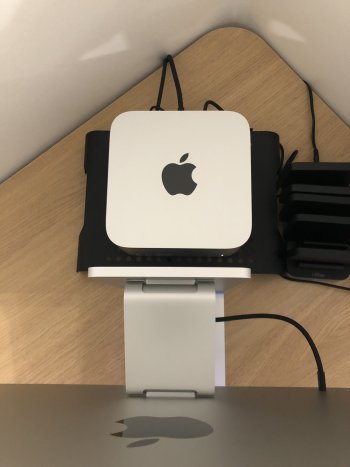There are currently 13 different models for sale in the Apple Refurbished store. The number of models bounces around like a yoyo there and I assume that there's a lot of churn in this with people returning the models that whine and a number of people accepting the whine for a good discount. That may be the way that Apple has chosen to resolve this issue if the number isn't that high. There will be returns anyway from people that bought a model and found that it's a lot more than they need or not enough. The Studio is one model that is hard to configure well because many don't know how well their legacy software will run in transition to Apple Silicon.
You may be right about Apple's approach with the refurbs, provided they know anything at all about any of this. I received my Mac Studio refurb and can confirm that it has exactly the same high-pitched noise issue as the BTO model I returned in April. It measures exactly the same. Apple Support seemed just as unaware as last time.
While it doesn't tell us anything about the numbers of units affected, or even the likelihood of receiving a refurb with this defect, I think it's safe to say that this issue is not currently being identified, flagged and remedied as part of the Apple refurb process.


